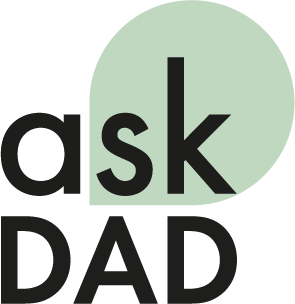In principle, it should be noted that a decision is never a state or an atomic point action, but always a decision-making process. Even if we struggle with ourselves alone.

You can see that there are always two successive phases here: First, options are generated and then the options that are considered inferior are “cut out” (Latin decidere: to cut off, to drop out).
We call the first phase the “proposal phase” because in DAD we focus on group decisions and the possible options are proposed by the individual group members. Nevertheless, the generation of options also takes place in oE and kE, just not necessarily and exclusively through suggestions, but through research. You could therefore say more generally that it is the “phase of generating options”, which is divided into the “research phase” for individual decisions (here everything happens within oneself, so to speak – head, heart and gut) and the “proposal phase” for group decisions (here individuals may conduct research, but the options are created through communication, i.e. proposals).
Interaction plays an important role in the proposal phase. The very formulation of the question creates an image in the minds of those involved. This is known as framing. You can seek advice on this. For important decisions, we recommend a kick-off meeting in which the problem and the solution space are explained to all those involved. And moderators should be involved to ensure that various perspectives on the issue are generated and heard.
We call the second phase in the decision-making process the “voting phase”. This is where the options are evaluated by each individual, so that a result can be calculated for each option after all votes have been cast, and from this an overall result can be calculated. Further information on these voting procedures can be found here. However, the tool can already be used without these details.
